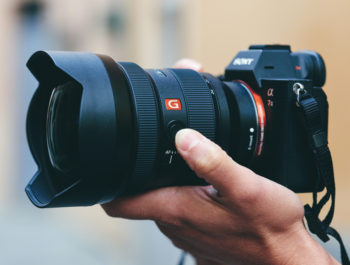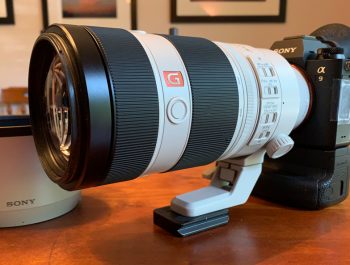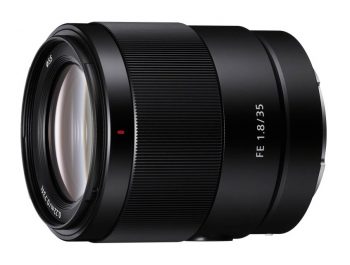The New Sony 12-24 mm G Master – Reshaping Wide Angle Shooting
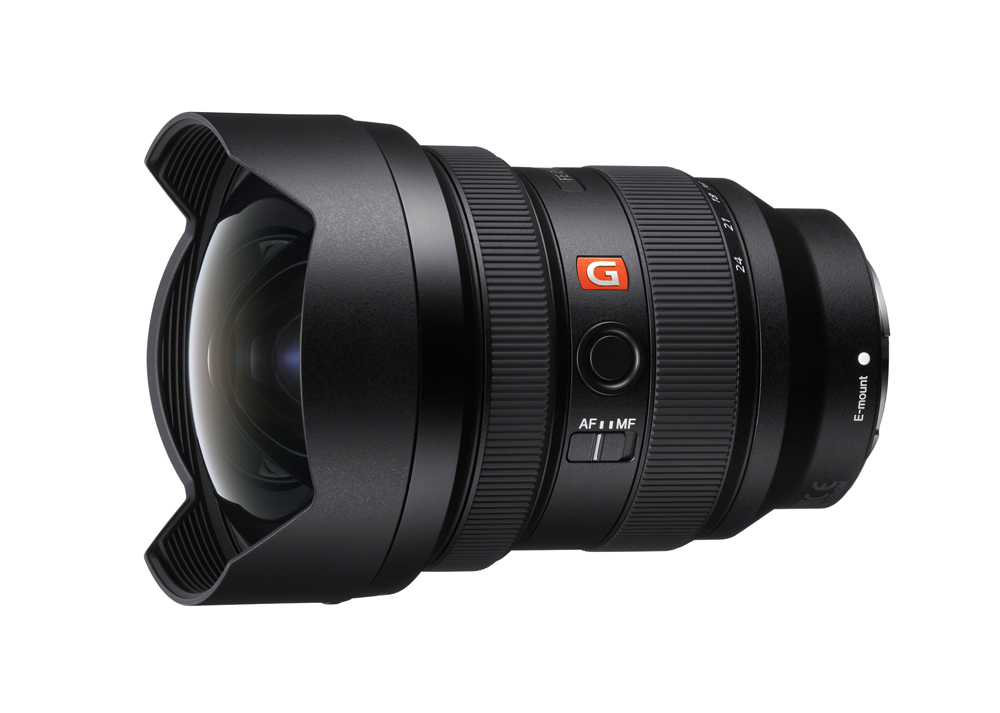
I do a lot of hiking and exploring for photography and often that means limiting what gear I carry into the backcountry. Last year I made a choice to bring my Sony 16-35 mm f/2.8 to Patagonia and leave my beloved 12-24 mm f/4 at home. It seemed like the logical choice as I had hoped to fit in some astrophotography during my trip and I could use screw-on filters (rather than carry a bulky adaptor and glass for the bulbous12-24 mm) if need be.
I regretted that decision every single day of the trip, and I promised myself I would never leave it behind again. The 16-35 mm G Master is a beautiful piece of glass that produces stunning images; its just not wide enough for the grand landscapes that I am drawn to. There were so many moments when I wished that I had my super-wide 12-24 f/4. Now, with the release of the Sony 12 to 24 mm f/2.8 G Master, I no longer must choose between wide and fast.
Wide Field of View
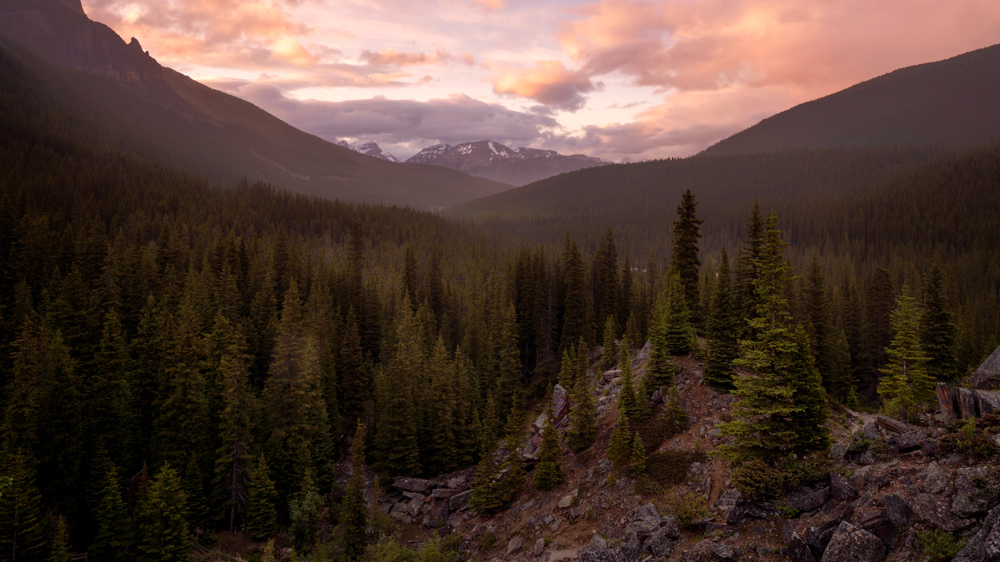
The ultra-wide-angle lens has long been my go-to for landscape photography for several reasons. First, I live in the Canadian Rockies; with such looming peaks it will come as no surprise that sometimes I need the extra focal length just to fit in the entire scene.
This peak in Kananaskis is a perfect example. It is so large and so imposing that I struggle to capture good foreground if I am restricted to the standard 16 mm frame. For perspective, I took this shot at 12 mm, then zoomed in to 16 mm to illustrate just how much of a difference it makes to have the extra focal range. At this location, I have found that I can shoot at 16 mm if I shoot vertically and minimize my foreground elements. The stronger compositions require the extra focal length.
Compelling Compositions
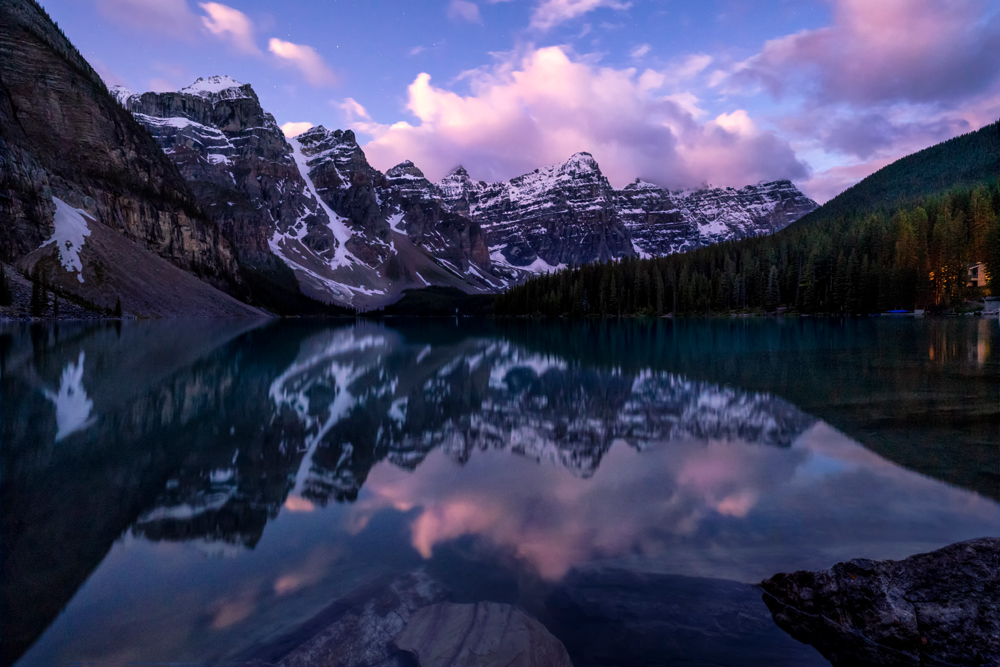
The extra focal length is not the best feature of the super wide-angle lens, however. Rather, it is the unique compositions that I can create with the broad perspective and lens distortion. Sometimes the best wide-angle shot is achieved when the camera is at eye level. Often, however, more compelling compositions are created when we use the wide-angle low and tight to the foreground. The wide-angle lens draws the eye into the center of the frame and transforms small, intimate foregrounds into grand landscapes. These properties of super-wide lenses help to create visual flow in the image.
Sony 12-24 f/4 vs the 12-24 f/2.8
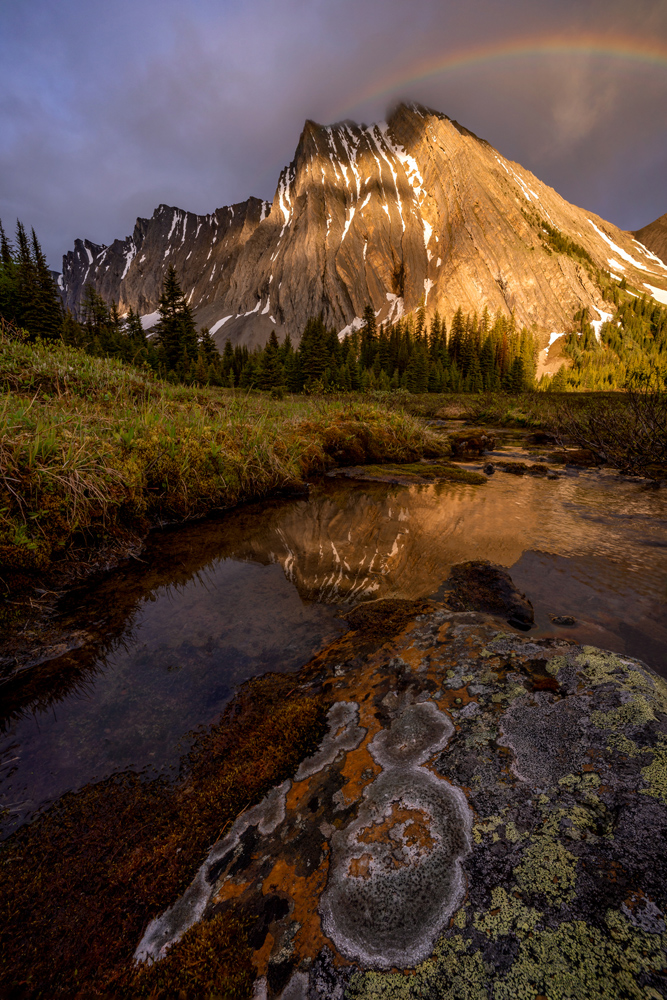
The extra-wide field of view and unique compositions perspectives can be achieved with any wide-angle lens. What makes the new 12-24 mm f/2.8 my dream lens is that it is fast enough for night photography, and it is built with the exceptional quality that we have come to expect from the Sony G Master series of lenses.
Night Photography
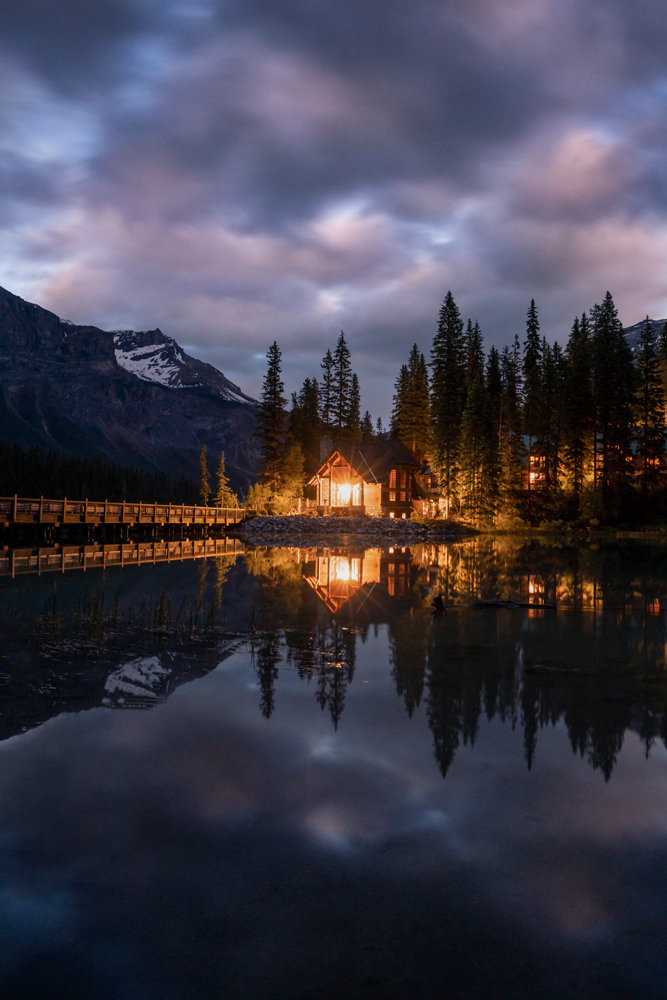
I have used my trusty Sony 12-24 f/4 lens for night photography, despite the limitations of the aperture range. I have been able to capture some beautiful moments by shooting at extremely high ISO and stacking the images for noise reduction. I then blend the sky shots with a foreground shot during blue hour. With a little extra time and patience, this technique produces clean, high-quality images. However, blue hour blends are limited as the foreground shots do not capture the natural light of the moon or the stars in a night scene.
The new 12-24 mm f/2.8 G Master does not have these limitations. The fast lens allows me to capture the natural light of a night scene with the crystal-clear clarity of a G Master lens. My first-night shoot with this lens was at the iconic Moraine Lake in the Canadian Rockies. I watched the sunset, and took blue hour shots as I typically do, with the expectation that I would blend the blue hour foreground with the night sky shots. I then waited for the moon to rise to under-light the clouds. The first thing I noticed on location was the ease of focussing at night with this lens. Second, the image clarity at f/2.8 was evident on the back of my camera.
When I got these images on my computer, I was absolutely amazed at how tack-sharp every little detail was on the distant mountains and trees, despite shooting at a wide-open aperture. I did not need to use the blue hour shots as I typically do to achieve the level of sharpness and clarity that I look for. More importantly, getting the sky and mountains all in a single exposure (focus-stacked in the foreground) enabled me to capture the scene with the natural light of the moon.
I will likely still need to shoot blue hour foregrounds during the new moon (super dark) nights, but the sharpness and clarity of the G Master lens allow me to shoot those wide scenes under the soft, faint glow of the stars and the moonlight, thereby expanding the possibilities of what I can create.
Focusing Distance
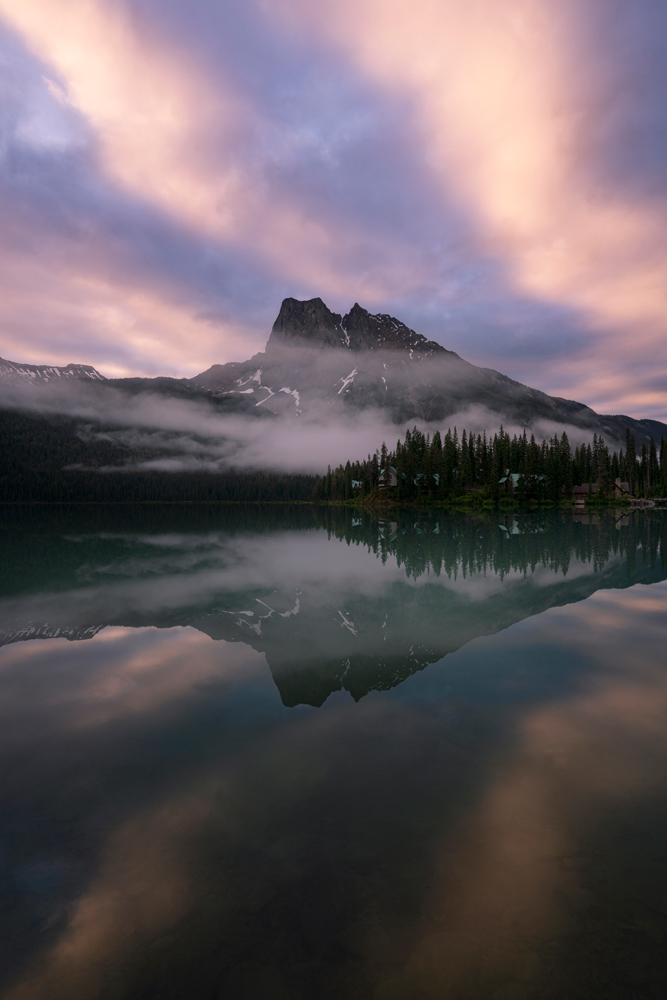
Both the G series and the G Master series 12-24 mm lenses have a focusing distance of 28 cm (11 inches). This enables those close to the foreground shots that draw the viewer into the scene. The difference between the two lenses is the clarity in the corners of the frame. The G Master’s rectilinear design ensures sharpness from corner to corner.
Lens Flare
During a trip to Iceland last year, I was shooting with the G series 12-24 directly into the sun. No matter what tricks I tried (shielding the lens, changing the aperture, trying slightly different angles) I could not avoid flare as the curvature of the lens bounced the direct light from the sun. In the end, I opted for a whole different composition to avoid the flare.
The new G Master series lens employs a Nano AR coating, specifically designed for the curvature of the wide front element of this lens which reduces lens flare. It is not often that I find myself shooting directly into bright light, but this advancement in technology means that I will never have to abandon a shot when the light conditions are challenging.
Practicality
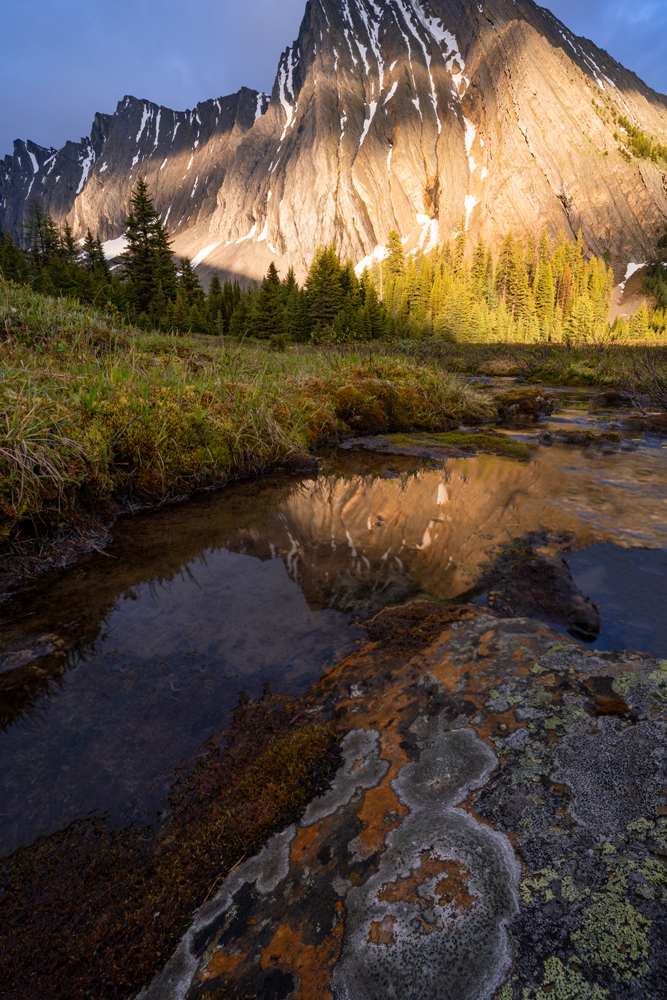
There are many wide-angle lenses on the market, but the 12-24 G Master is the world’s first zoom lens with a steady f/2.8 aperture. This is no small technological accomplishment. For me, this means that I can reduce the amount of gear I hike with because the new wide-angle beast can complete my trio of fast lenses, and effectively take the place of the 16-35 mm f/2.8 and the 12-24 mm f/4. I was talking to a friend a few days ago about the lengths we go through to reduce weight in our hiking packs (e.g., cutting handles off of toothbrushes, choosing not to carry deodorant, finding the lightest tents and sleeping bags possible…). He remarked that “ounces equal pounds, and pounds equal pain.” My left knee attests to this on every single mountain descent. This lens is very practical for someone like me.
I do not use filters often. In fact, on that trip to Patagonia last year I only used filters once (which only furthered my lamenting over leaving the 12-24 mm at home). I might have used filters more often, but the constant rain we experienced meant that keeping two sides of an extra piece of glass dry and clean was next to impossible.
If you are somebody who cannot live without filters, the 12-24 G Master is compatible with several filter holders (including Nisi and Lee filters). Sony also designed space at the back of the lens, as well as a template for designing a rear filter.
Closing Thoughts
I have only had the 12-24 G Master for a week, and it has already become an integral part of my kit. Of course, the area that I live, and landscapes that I am drawn to demand a wider field of view for the best results. More than that, however, the wide aperture, and G Master quality enables me to shoot more natural low-light scenes with unreal clarity and surprisingly minimal distortion for such a wide lens. Furthermore, the redesigned Nano AR coating allows me to push my photography in challenging light situations. This lens also replaces two lenses in my bag that I cannot live without (one wide and one fast). The 12-24 G Master is truly the lens I have been waiting for; I would highly recommend it for any landscape or astrophotographer.
Rachel Ross
July 2020
Canmore, AB
Rachel Jones Ross is a light-chasing, coffee-loving, intellectual junkie, who is most inspired by a sky full of stars. She is a member of the Sony Alpha Imaging Collective, and teaches workshops from her home in the Canadian Rockies, as well as Scotland and Iceland.






